Step 3: Start The Protocol
Once you have determined your rehabilitation category, you can begin the rock rehab protocol. The protocols contain a detailed timeline and step-by-step instructions. They utilize a four-phase system to unload the injured tissue, gain full mobility, improve strength and eventually return to pain-free climbing movement. The protocols can either be viewed within the program or downloaded as a PDF.
Reference the companion videos, where professional climbers teach you efficient climbing movement and proper exercise performance.
Any equipment that is used in the protocol can either be bought as a rehabilitation tool or created from retired climbing equipment or household items. If you use retired climbing equipment or household items, it will be referenced in the videos as a “dirtbag substitution.”If you would like to purchase any of the rehab tools, you can find them in the links below:
How do I know if I am Purchasing the Correct Protocol?
It is always recommended to consult a medical practitioner to determine your diagnosis so that you can select the correct protocol. However, orthopedic special test videos are given on the product purchase page to show how a medical practitioner would diagnosis your condition. There tests are supported by research and can provide insight on your diagnosis and condition.
How are the Rock Rehab Protocols Different from the Rock Rehab Videos?
The rock rehab videos are meant to be a companion for the book Climb Injury-Free and provide exercises and movement advice for the 10 most common climbing injuries. The rock rehab protocols are specific to one injury and provide a step-by-step protocol, timeline, and exercise videos that can be used in conjunction with self performed diagnostic tests to help climbers rehabilitate injury.
Can I download the videos and the protocols?
The videos will stream from any device but they cannot be downloaded. However, the protocols and timelines can be downloaded as a PDF or printed.
What is your return policy?
100% refund within 30 days if for any reason you are not satisfied with the protocol.
Get all Six Protocols for $99


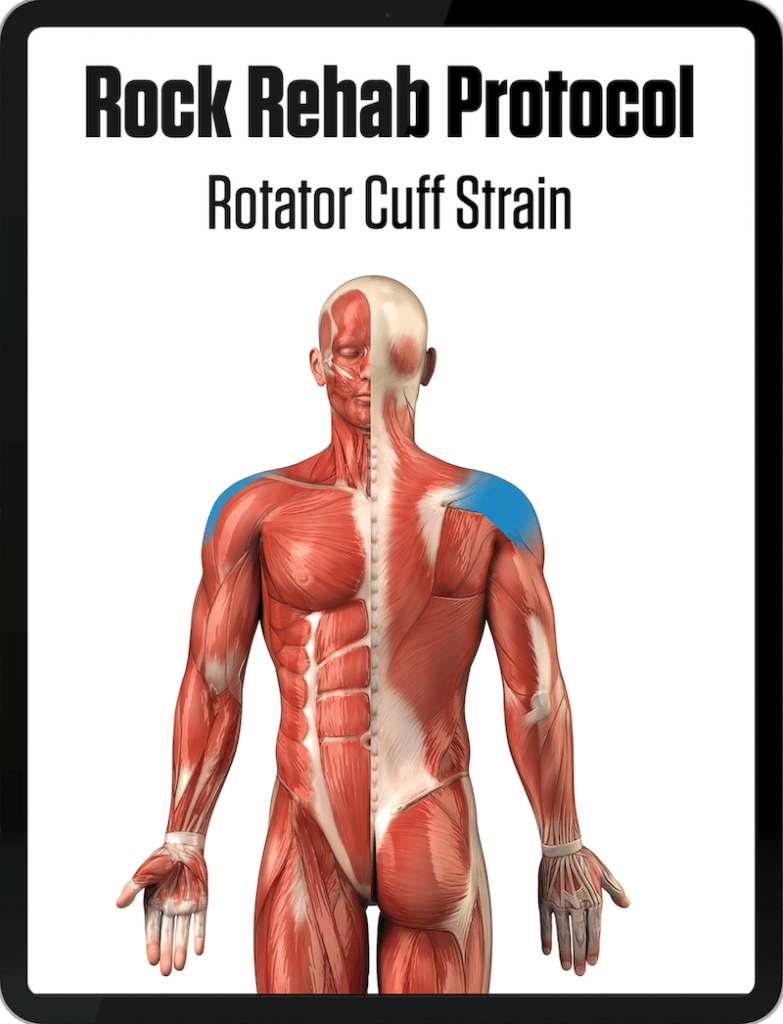
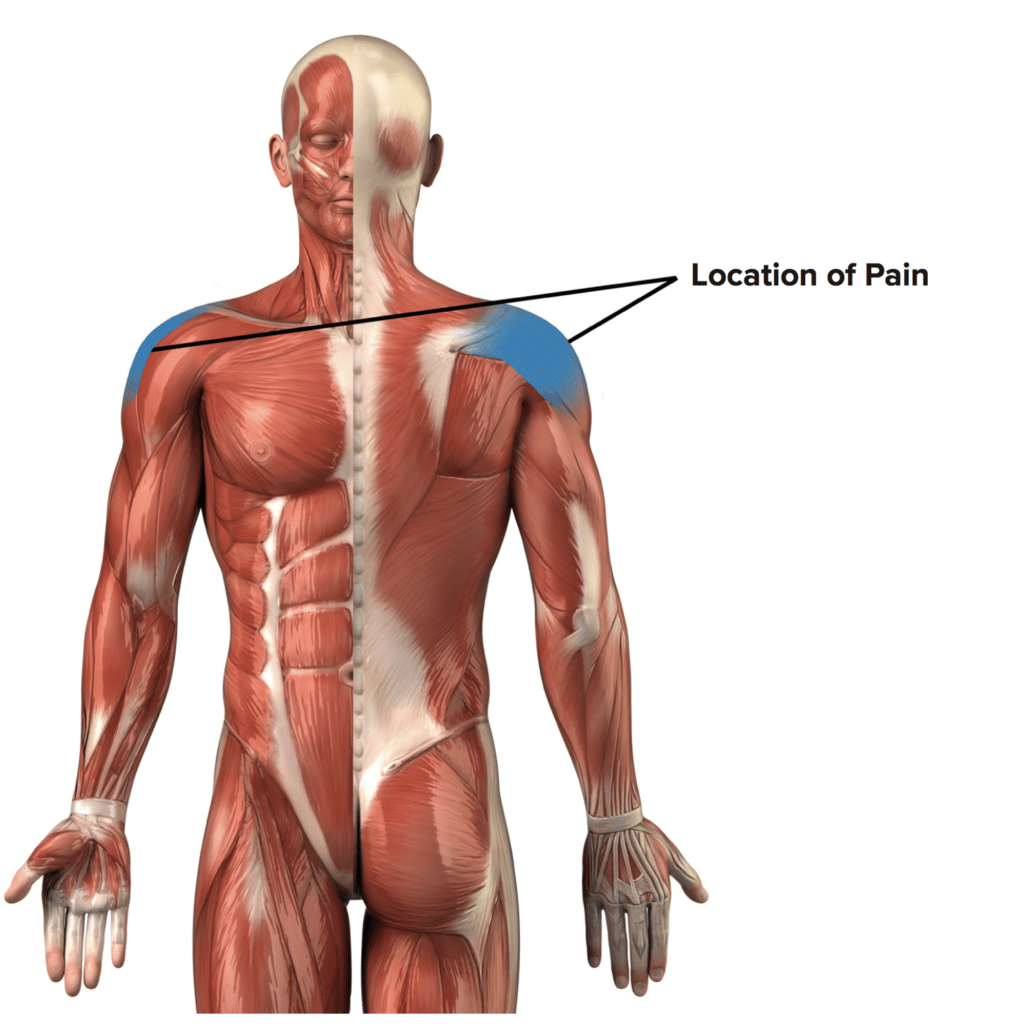

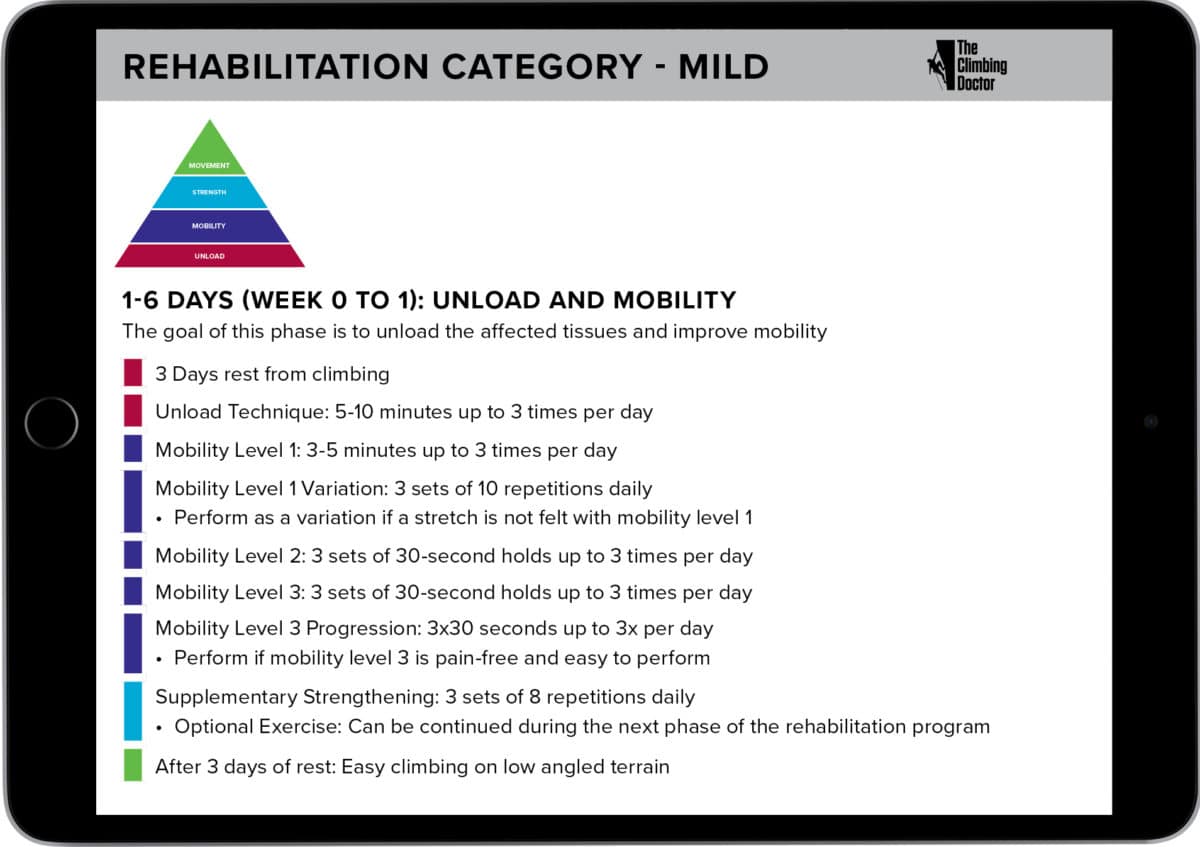
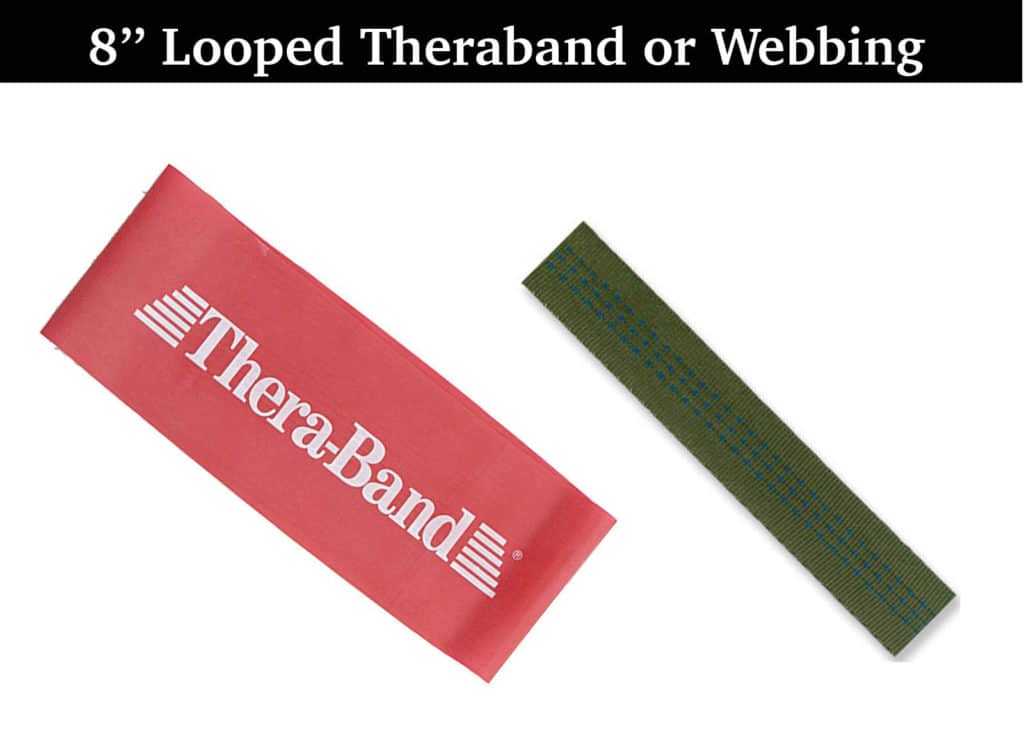
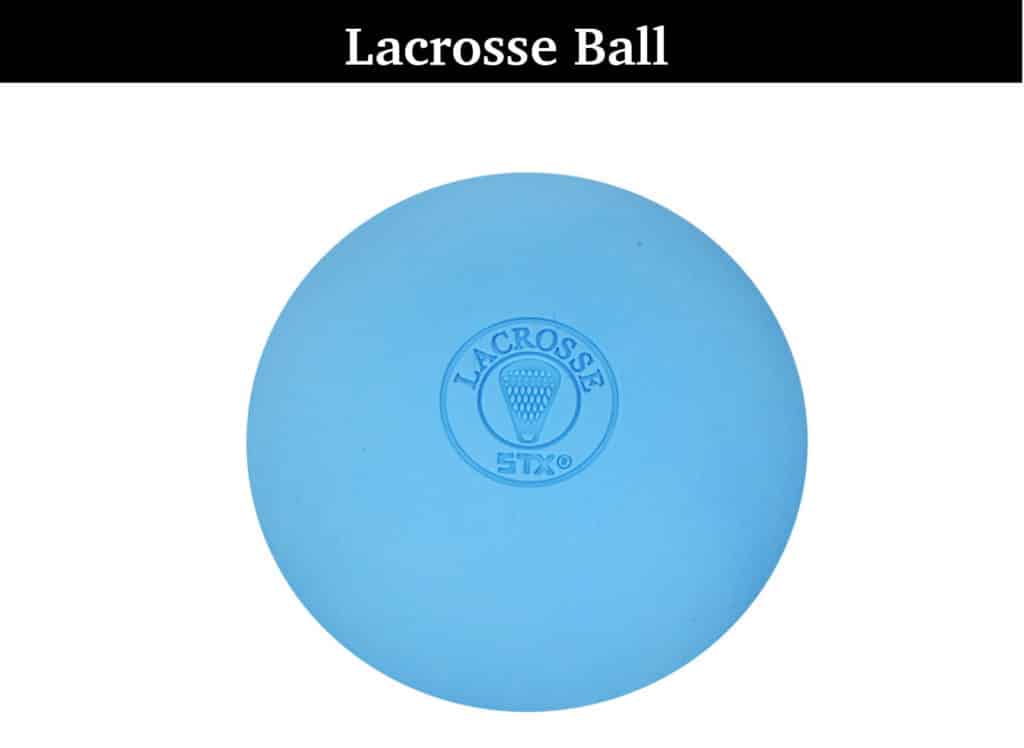
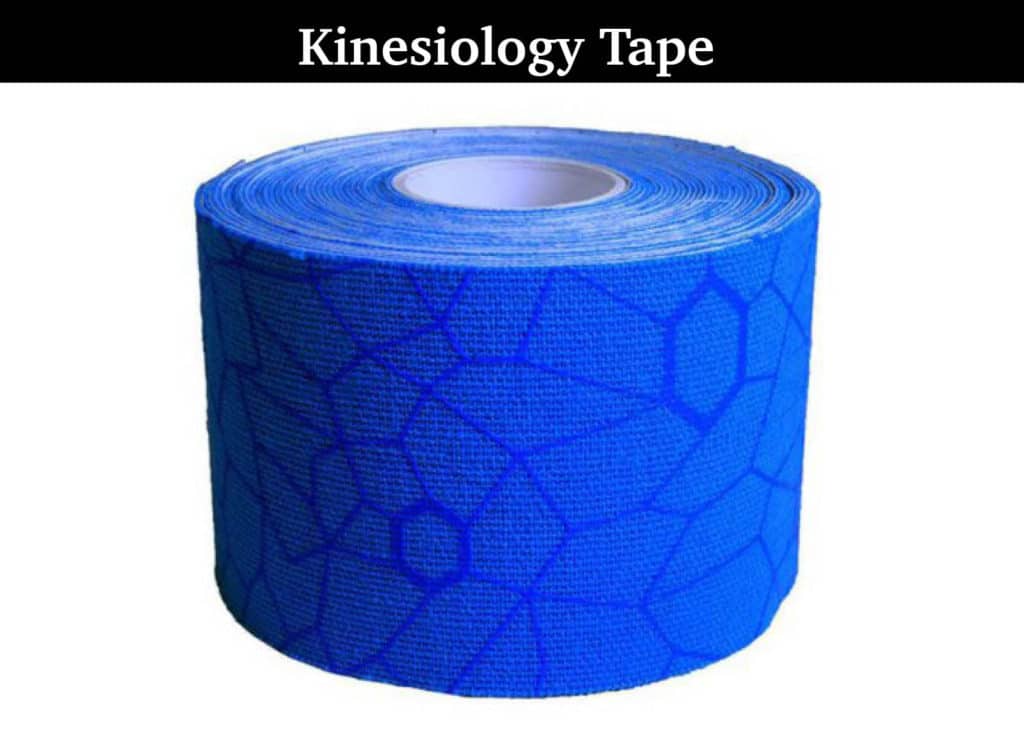
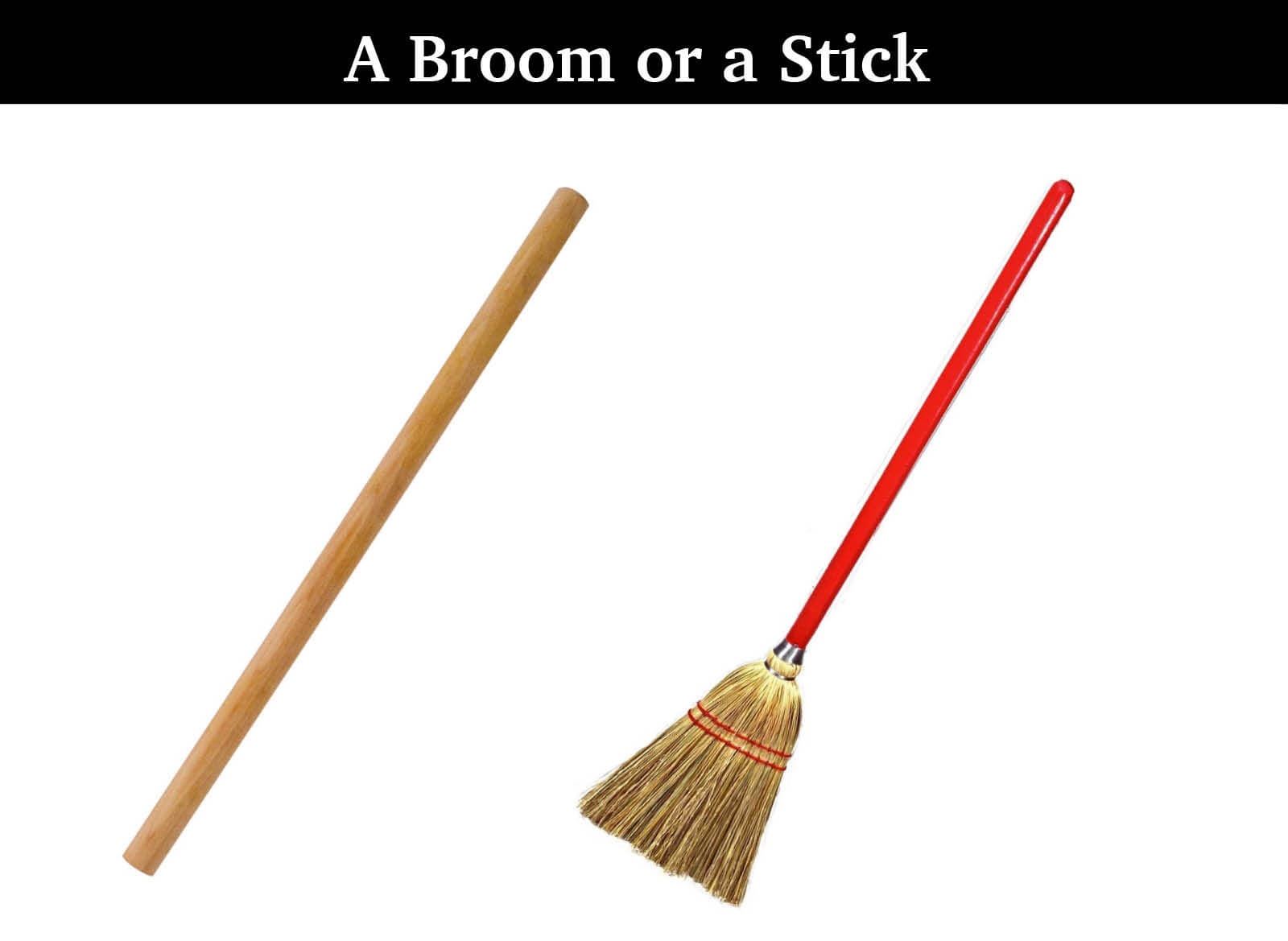

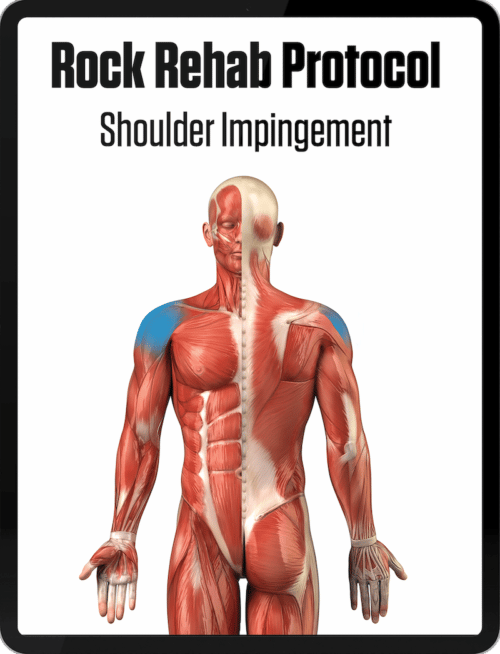
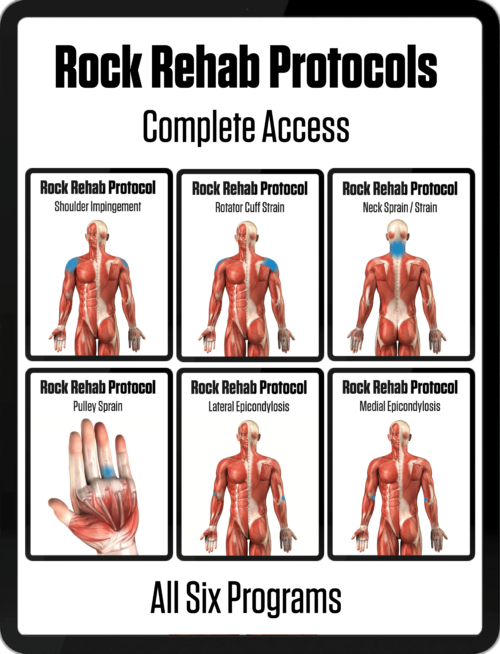
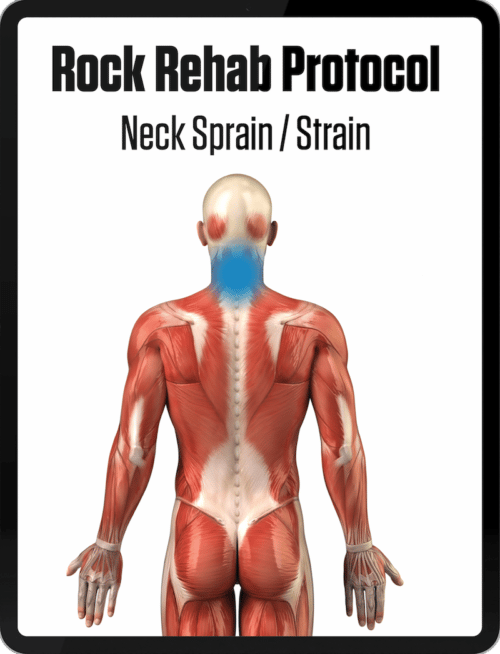
Reviews
There are no reviews yet.